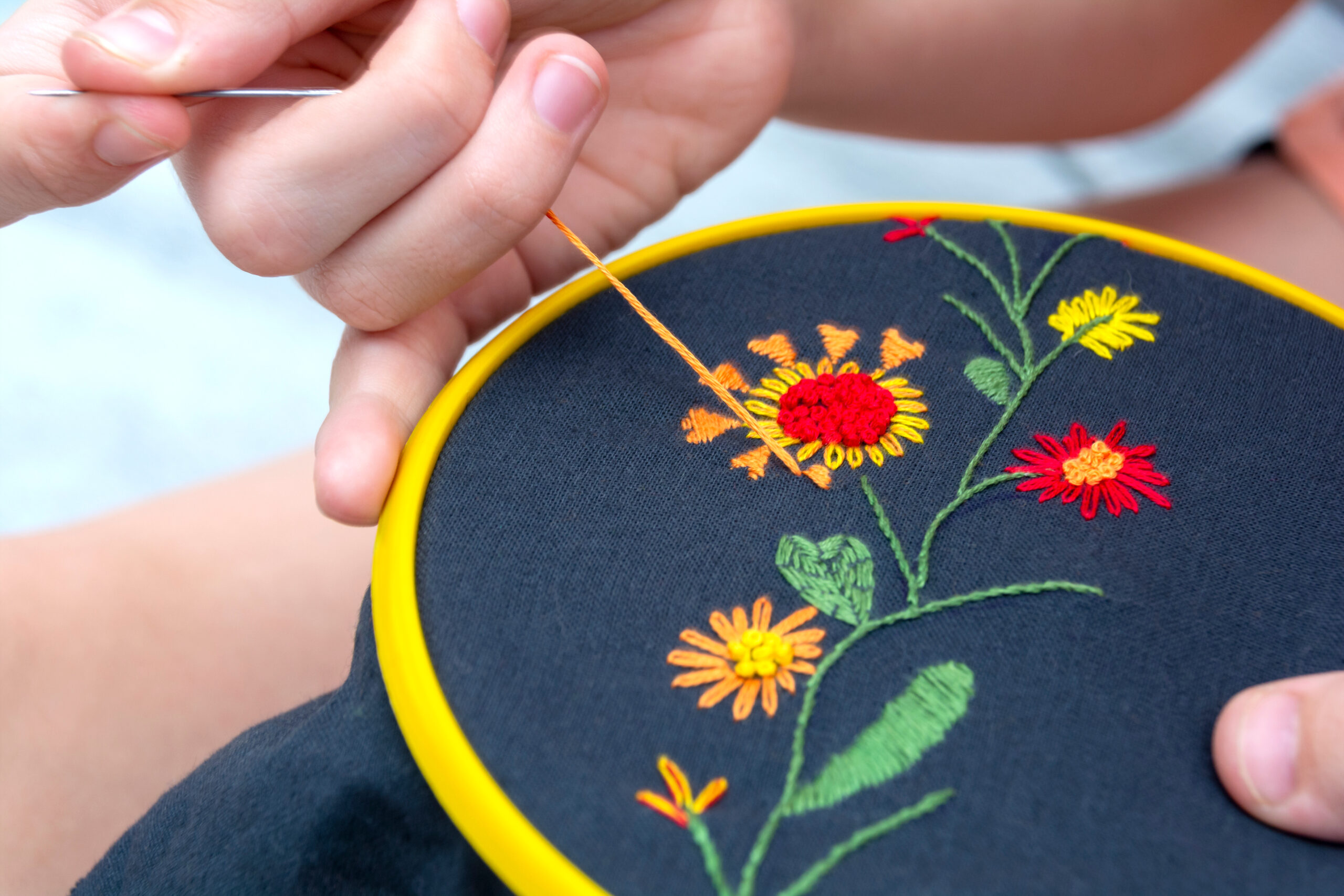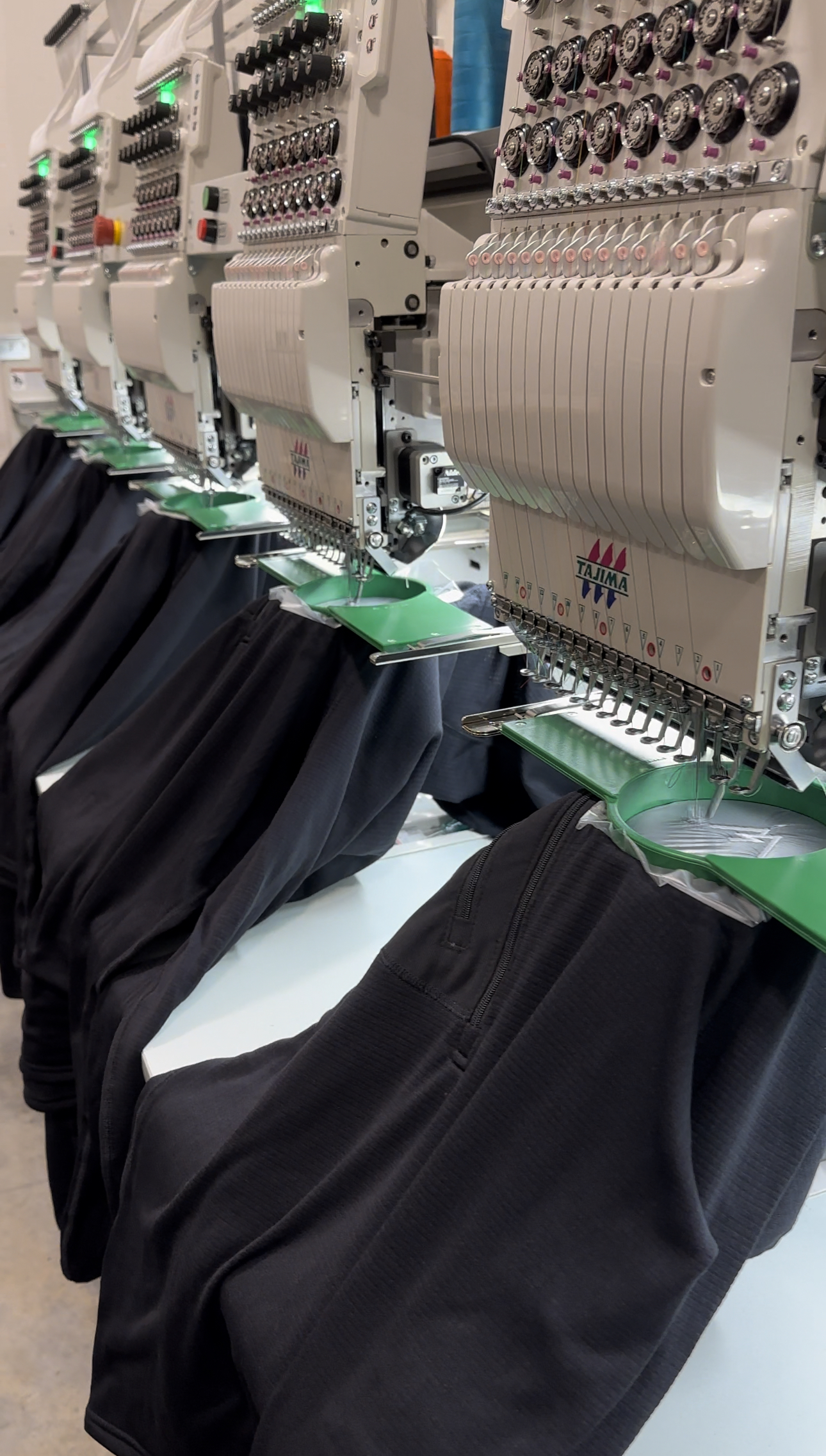Where Did Embroidery Originate?
Embroidery is the art of decorating fabric or other materials using a needle and thread. The history of embroidery dates back to ancient times, with examples found in Egyptian tombs and on Chinese silk garments. In ancient Greece and Rome, embroidery was used to decorate clothing and household items, such as tablecloths and bed linens. The designs were often geometric and featured patterns of animals and mythical creatures. During the Middle Ages, embroidery became a popular form of decoration for clothing worn by the wealthy. It was used to embellish garments worn by royalty and members of the nobility, and was often used to depict religious scenes and symbols. In the Renaissance period, embroidery became even more popular and was used to decorate not only clothing, but also furniture and other household items. The designs were often more elaborate, featuring intricate patterns and designs. Embroidery also played an important role in the colonial period in America. Women would embroider clothing and household items as a form of decoration and as a way to show off their needlework skills.

The Evolution of Embroidery
In the 19th century, machine-made embroidery became more widely available and affordable, making it possible for more people to own embroidered items. This led to a decline in the popularity of hand-embroidered items, but the tradition of hand-embroidery continued among certain groups, such as the Amish. In the 20th century, embroidery experienced a resurgence in popularity as a form of folk art and as a way to add a personal touch to clothing and household items. This was due in part to the popularity of the Arts and Crafts movement, which emphasized the use of traditional techniques and materials. Embroidery has also been used for a variety of practical and decorative purposes in different cultures around the world. From the traditional cross-stitch patterns of Europe, to the delicate and intricate Kantha work of India, and the colorful and bold Huipil embroidery of Mexico. Embroidery has a way of reflecting culture, tradition and social status. From the rich and elaborate designs of the past, to the modern and minimalistic styles of today, embroidery has always been a way for people to express themselves and decorate their surroundings.

Digital Meets Thread
Today, embroidery continues to evolve as an art form and is enjoyed by people of all ages and backgrounds. With the help of technology, machine embroidery and digital embroidery designs has made it possible for individuals to create intricate designs easily, and for designers to create new patterns and styles. Embroidery is also gaining popularity as a therapeutic and meditative practice, with many people finding that the repetitive motions of stitching can be calming and relaxing.
In conclusion, embroidery has a rich history that spans thousands of years and has evolved to reflect the changing styles and tastes of the times. From its origins as a practical way to decorate clothing and household items, to its current status as an art form and form of self-expression, embroidery has always been an important part of human culture and continues to inspire and delight people today.



